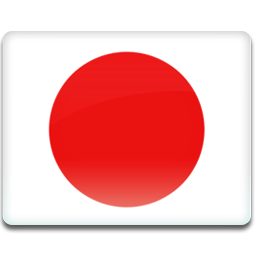Natamycin CAS 7681-93-8
Natamycin CAS 7681-93-8
Almost odorless white to creamy yellow crystalline powder, with stable crystal form of natamycin. The solubility in water and most organic solvents is very low. At room temperature, 1 liter of pure water can dissolve about 50mg, and low solubility is very suitable for surface treatment of food. When the pH is below 3 or above 9, the solubility of natamycin increases significantly, but its stability also decreases accordingly. In some organic solvents, natamycin has slightly higher solubility, reaching the solubility level, such as n-butanol, propylene glycol, etc., but it is necessary to consider whether these solvents can be used in the production of food. Natamycin can effectively inhibit almost all molds and yeasts. Li Dong (2004) studied the MIC of natamycin, which was 0.63mg/kg for Aspergillus, 1.8mg/kg for Aspergillus niger, and 4.5mg/kg for Aspergillus flavus. Most yeast strains are inhibited at a concentration of 1-5 mg/kg. The MIC value of natamycin can only be described as stunning. Most chemical preservatives that can inhibit mold require a lot of addition to achieve their antibacterial effect, resulting in significantly higher MIC values.
Almost odorless white to creamy yellow crystalline powder, with stable crystal form of natamycin. The solubility in water and most organic solvents is very low. At room temperature, 1 liter of pure water can dissolve about 50mg, and low solubility is very suitable for surface treatment of food. When the pH is below 3 or above 9, the solubility of natamycin increases significantly, but its stability also decreases accordingly. In some organic solvents, natamycin has slightly higher solubility, reaching the solubility level, such as n-butanol, propylene glycol, etc., but it is necessary to consider whether these solvents can be used in the production of food. Natamycin can effectively inhibit almost all molds and yeasts. Li Dong (2004) studied the MIC of natamycin, which was 0.63mg/kg for Aspergillus, 1.8mg/kg for Aspergillus niger, and 4.5mg/kg for Aspergillus flavus. Most yeast strains are inhibited at a concentration of 1-5 mg/kg. The MIC value of natamycin can only be described as stunning. Most chemical preservatives that can inhibit mold require a lot of addition to achieve their antibacterial effect, resulting in significantly higher MIC values.




















